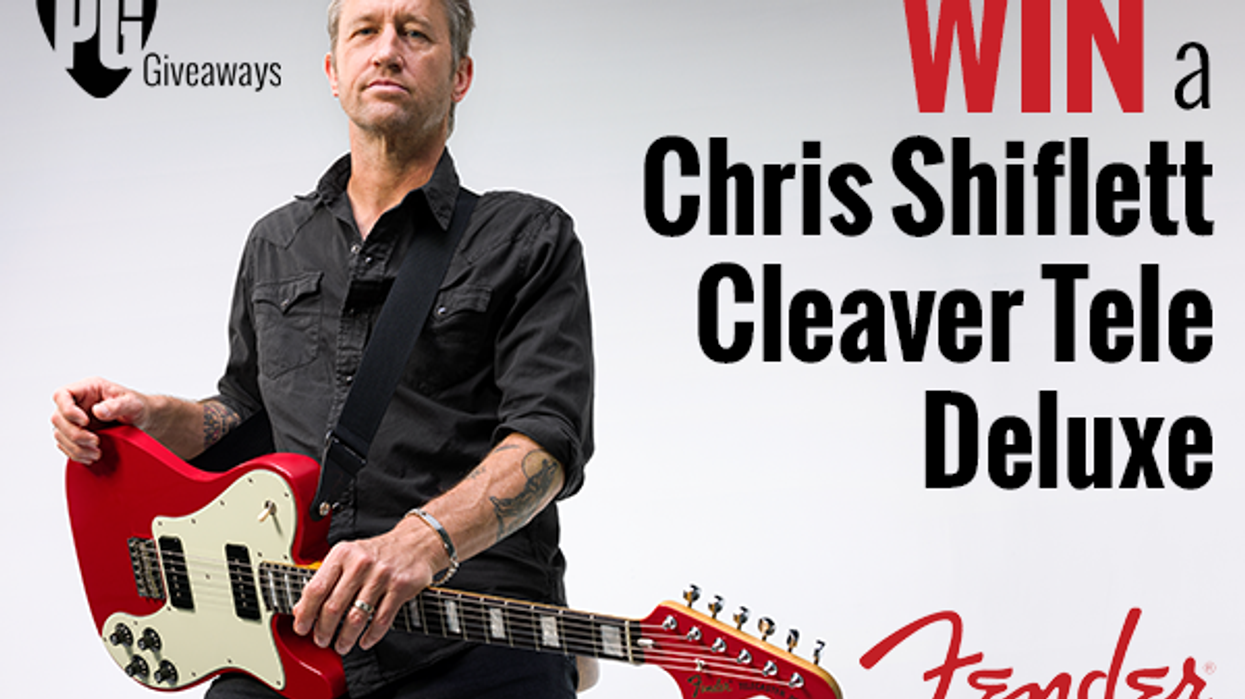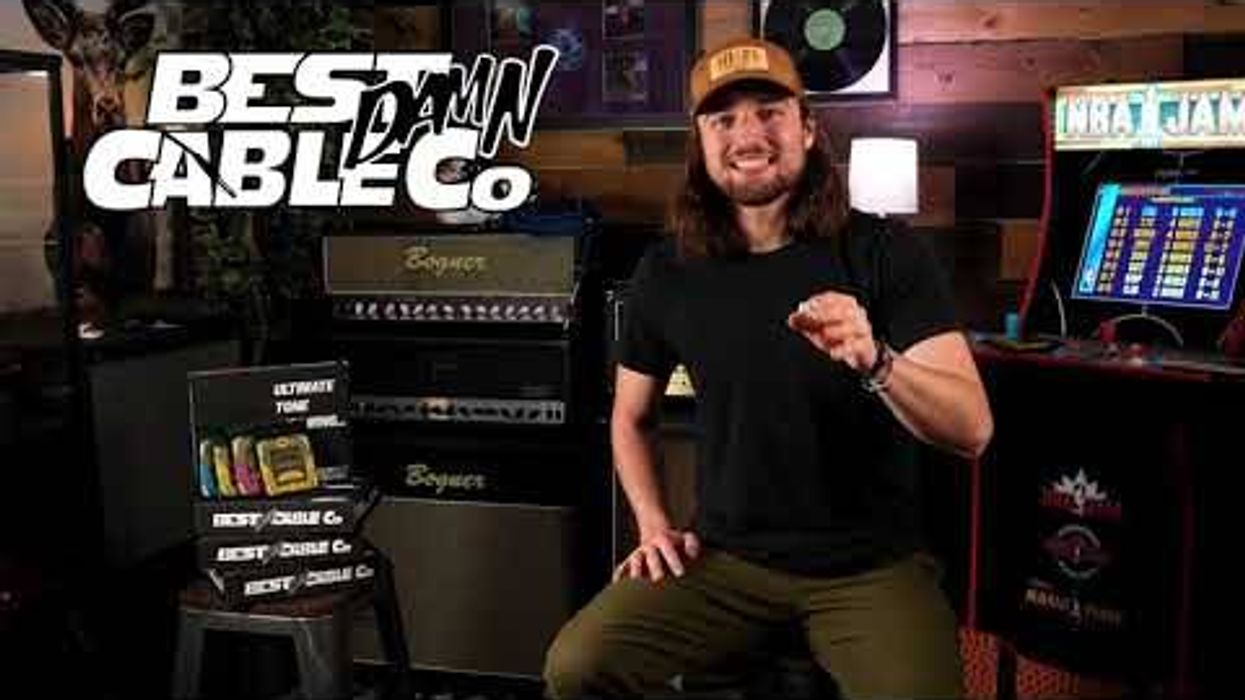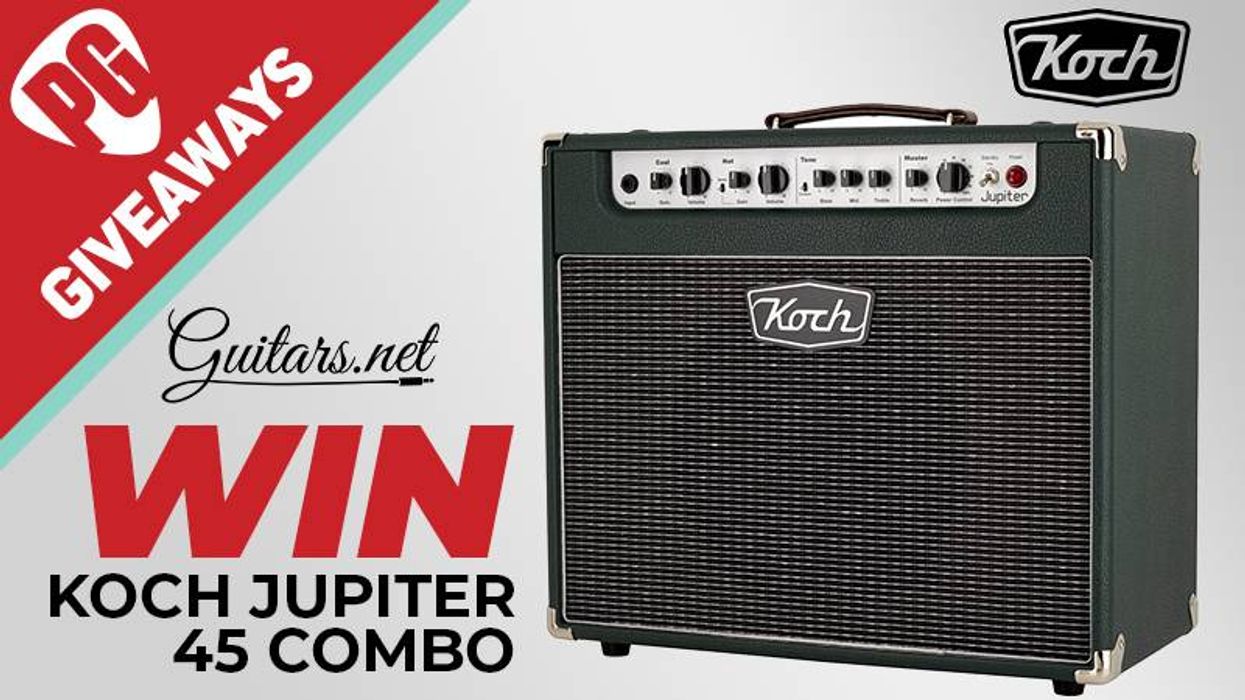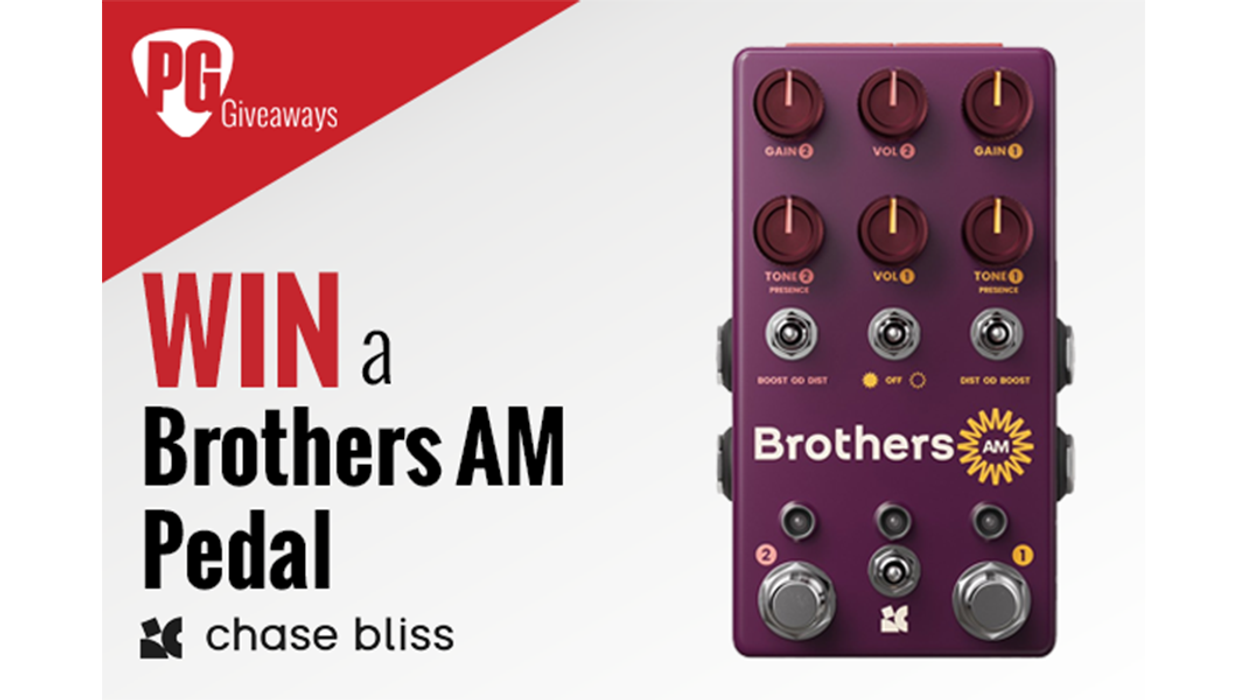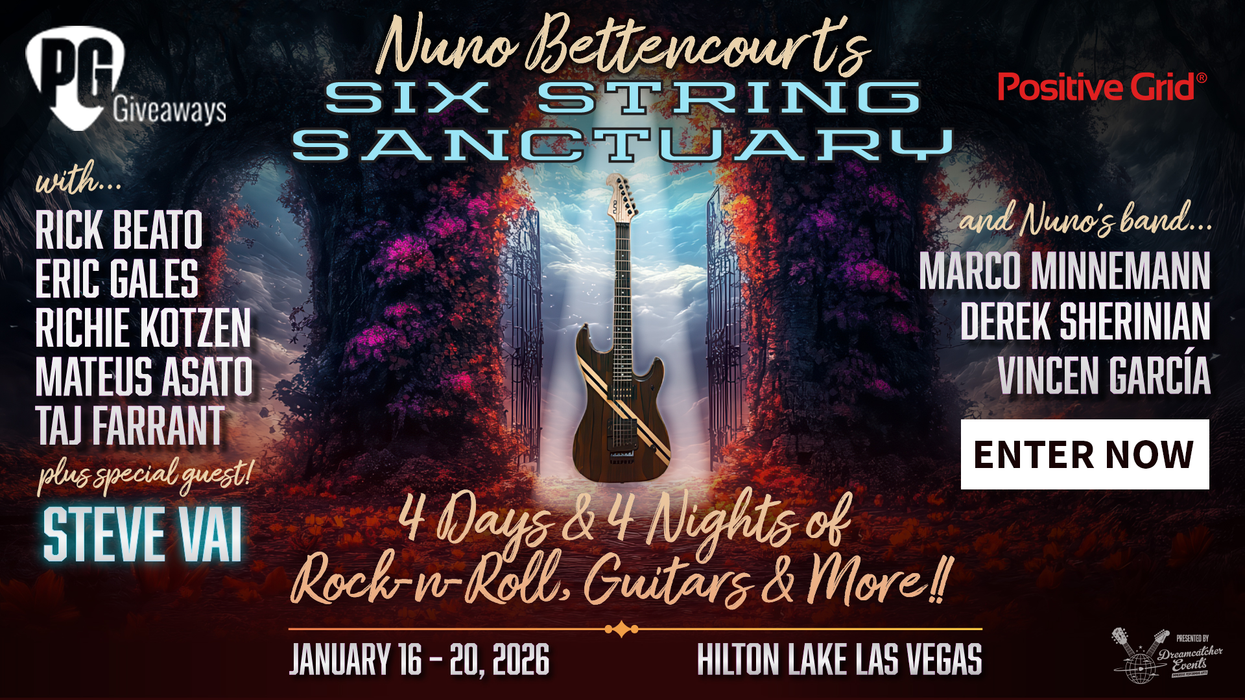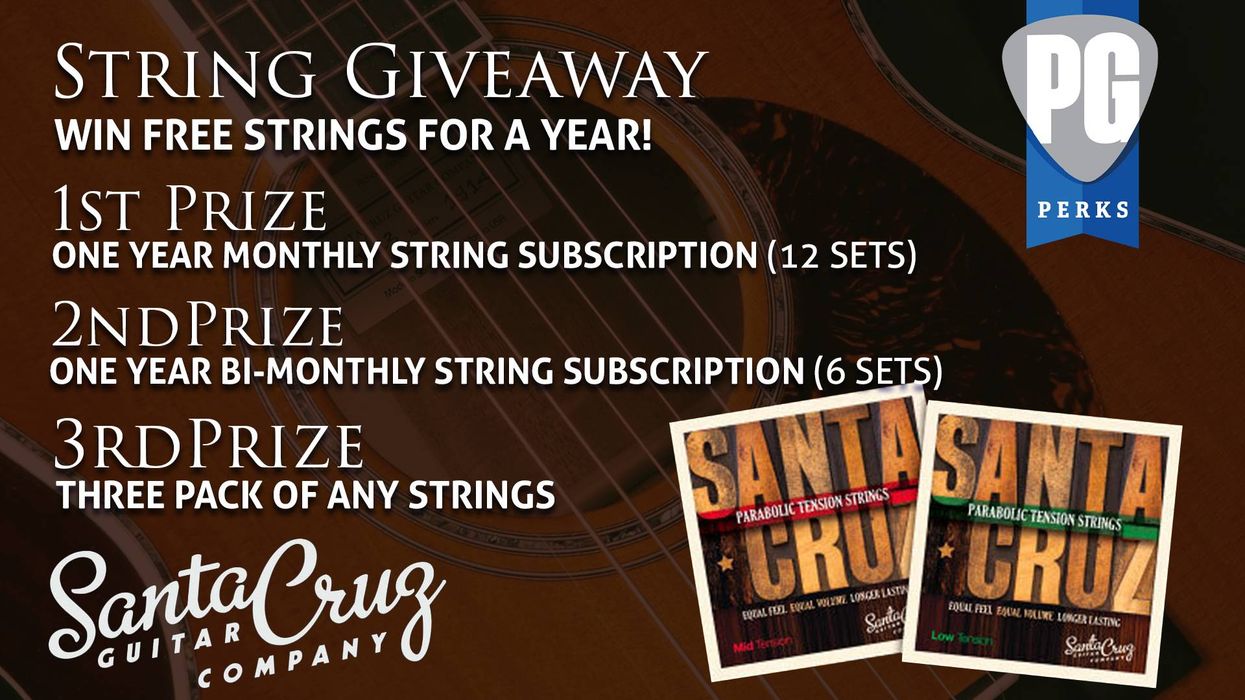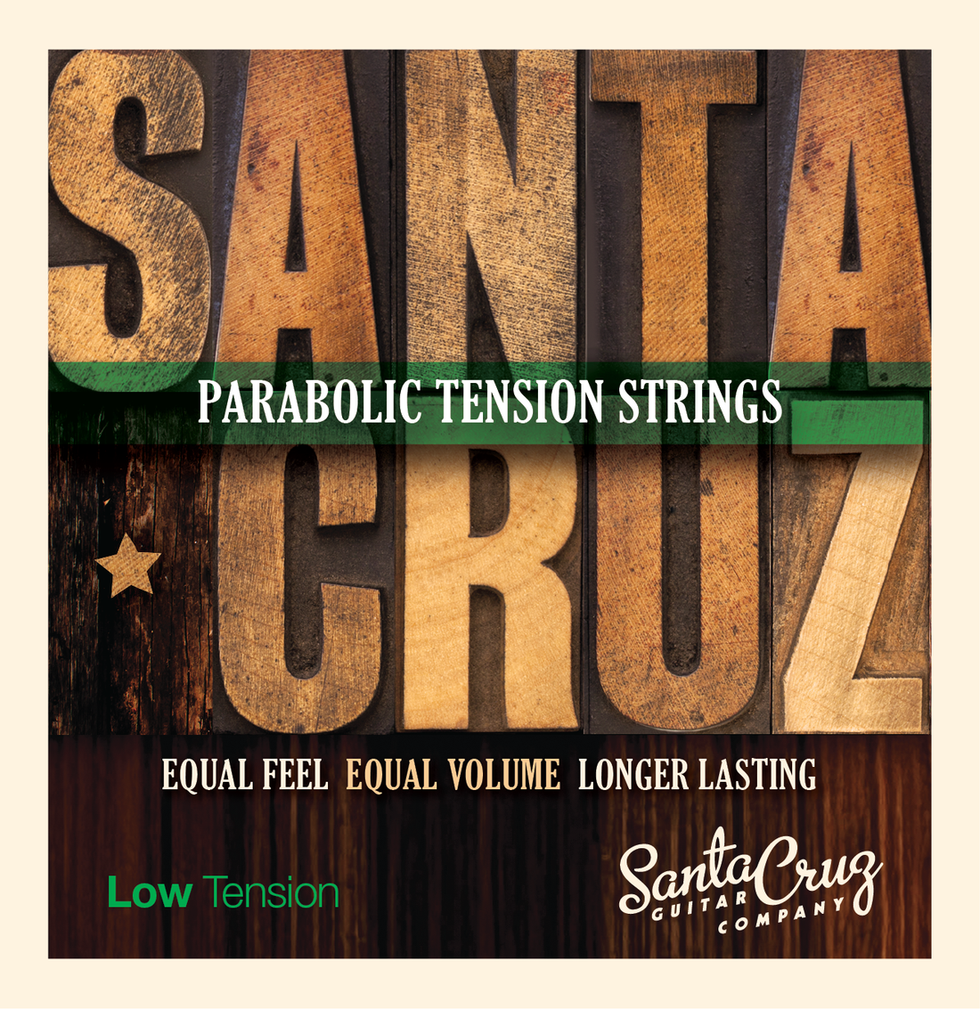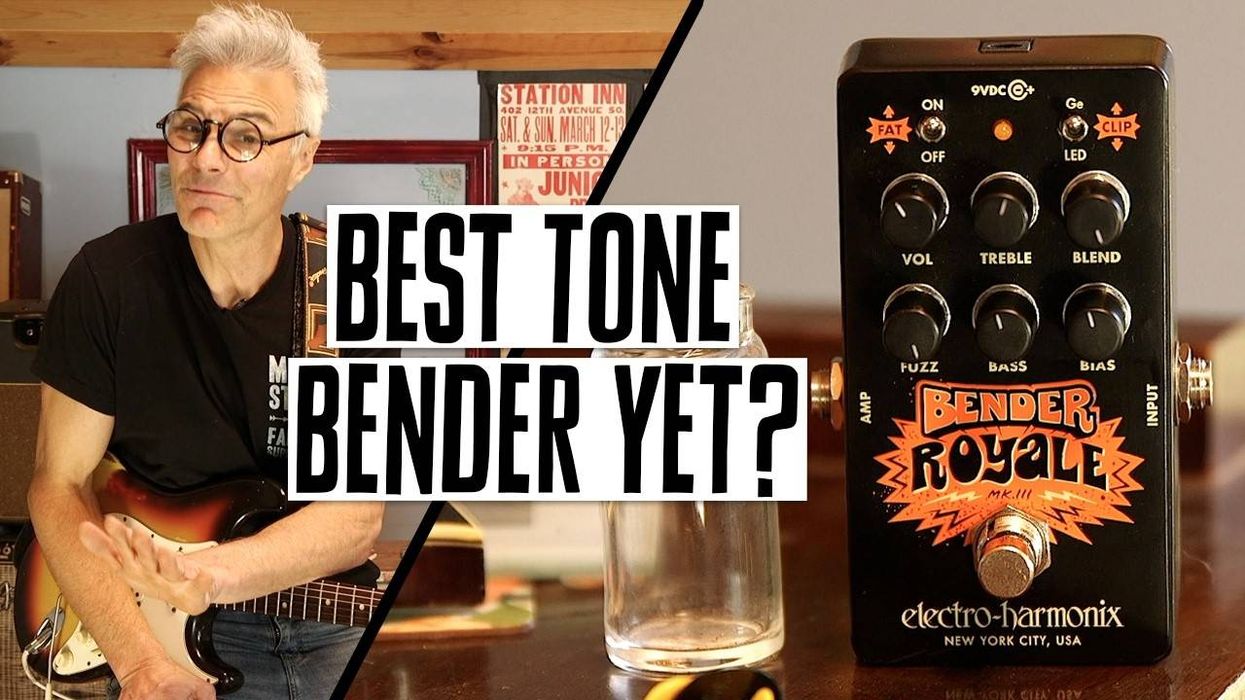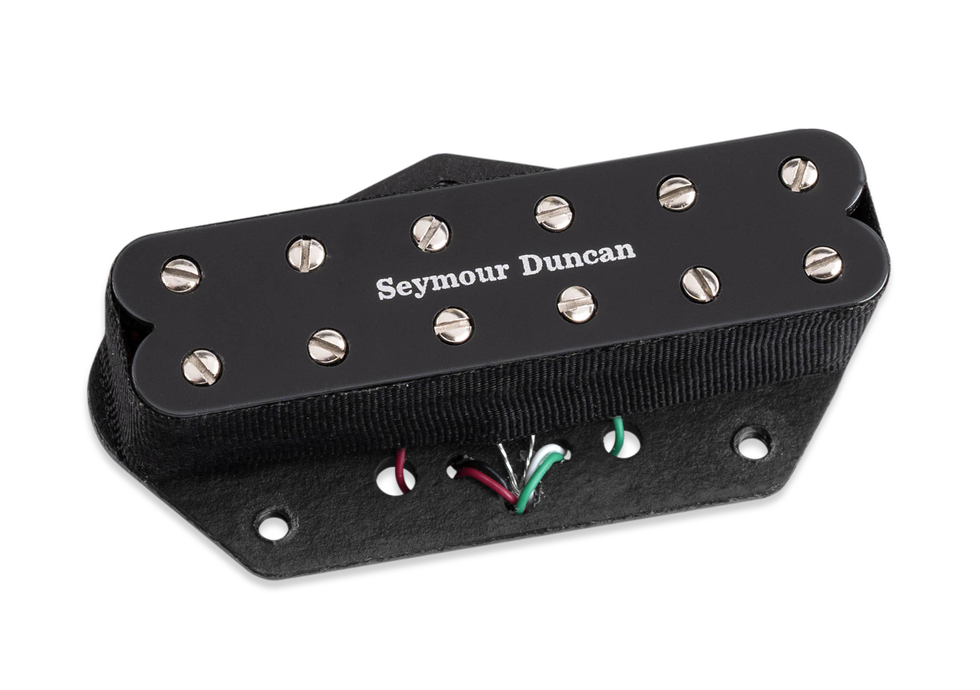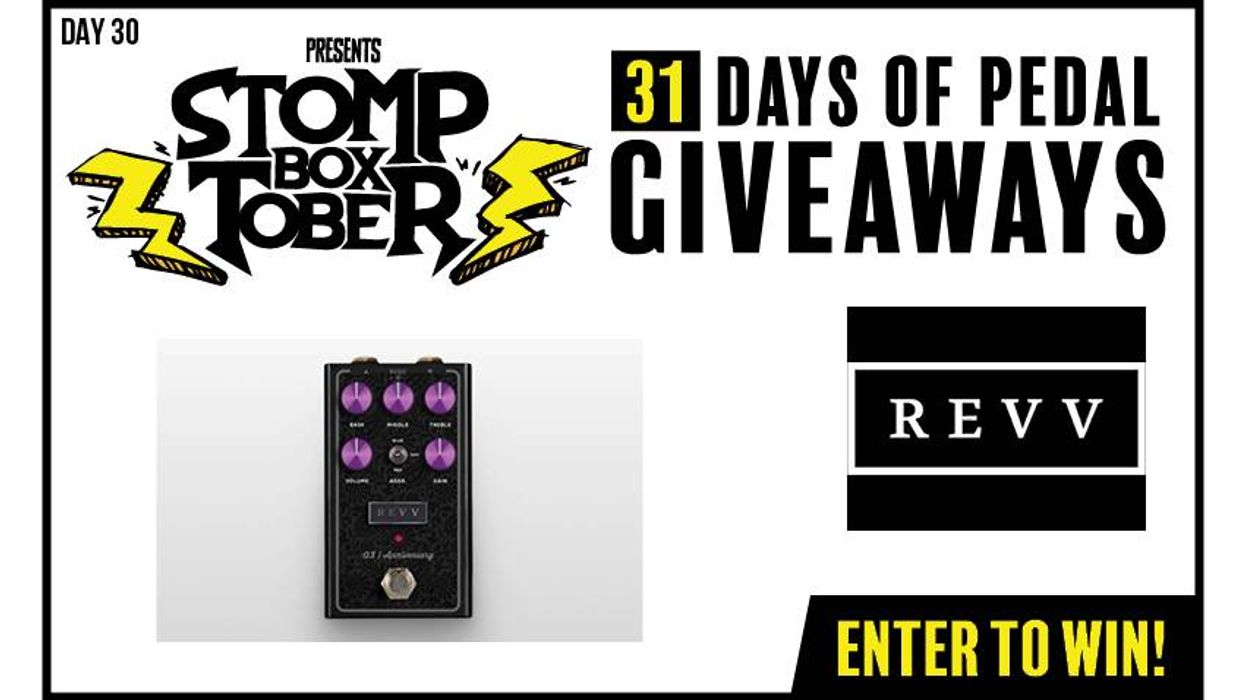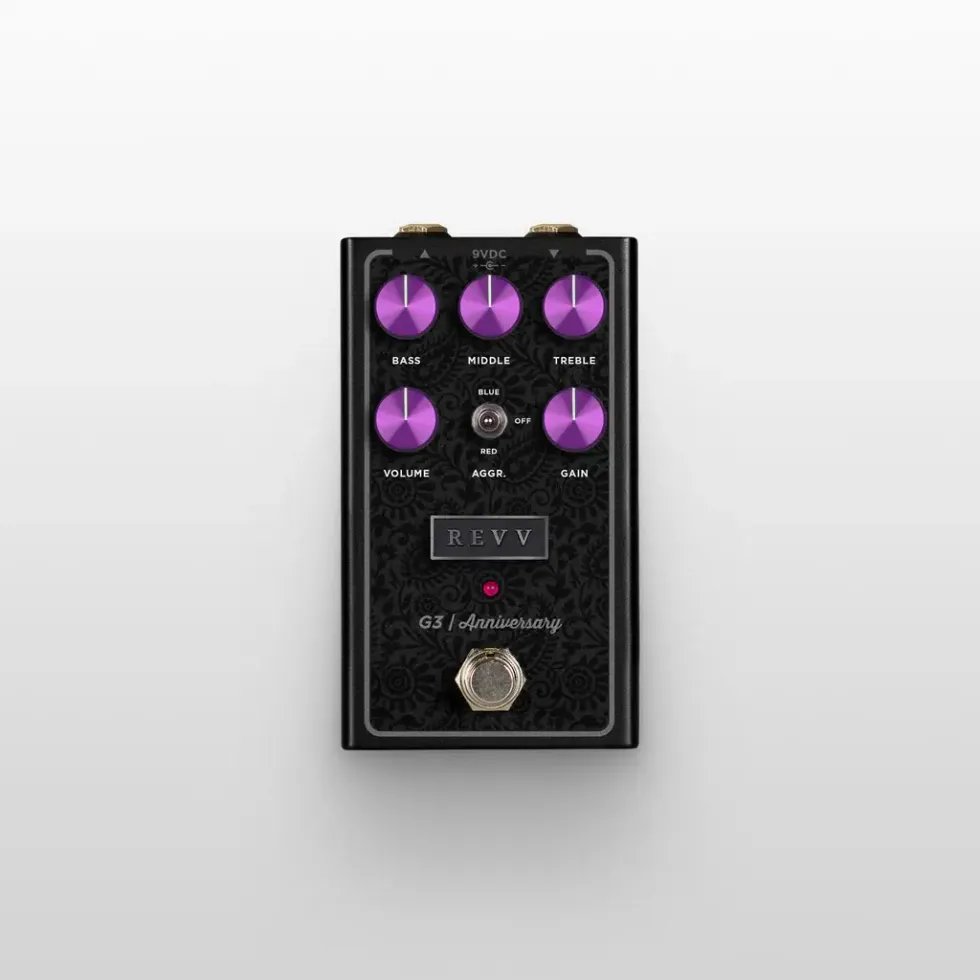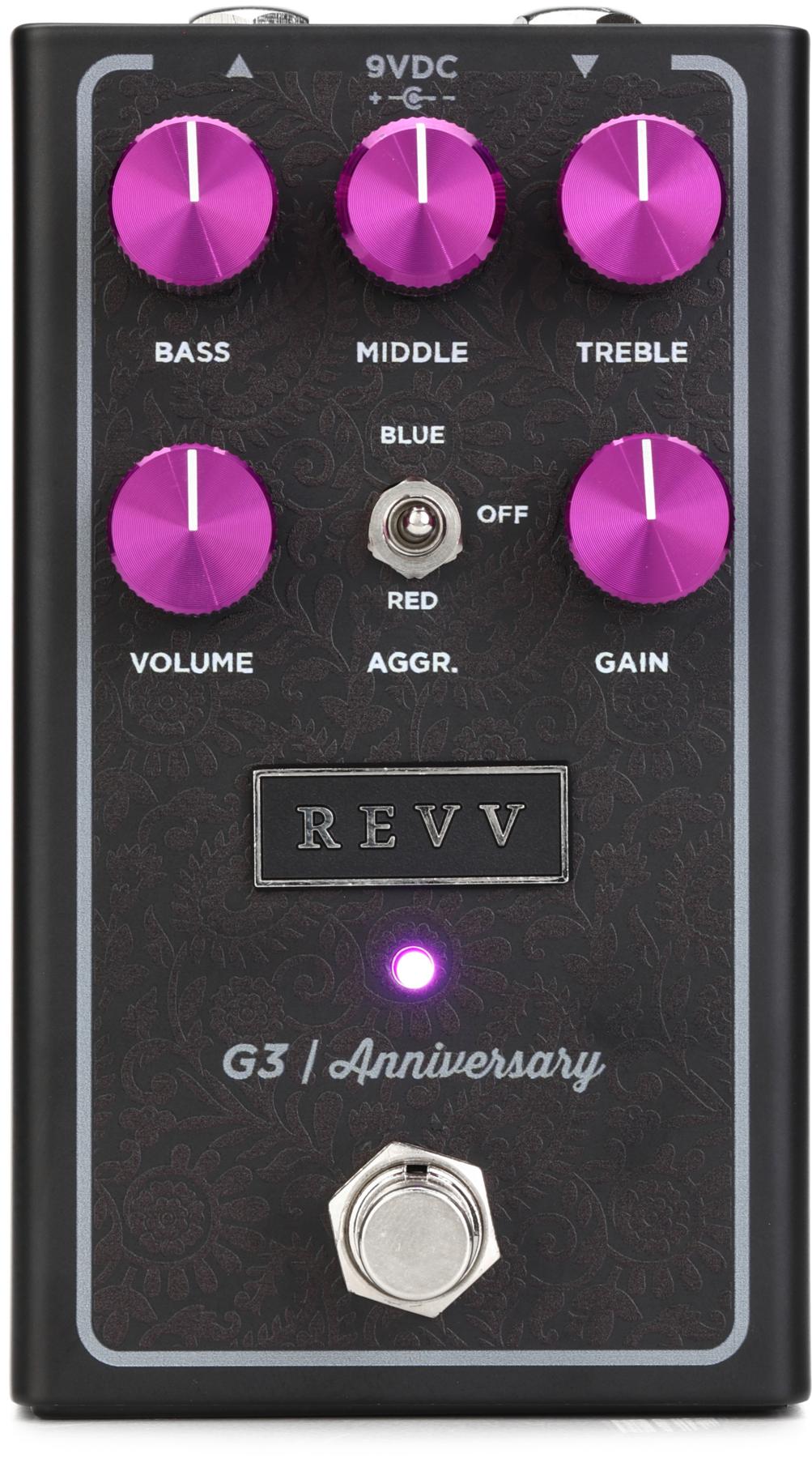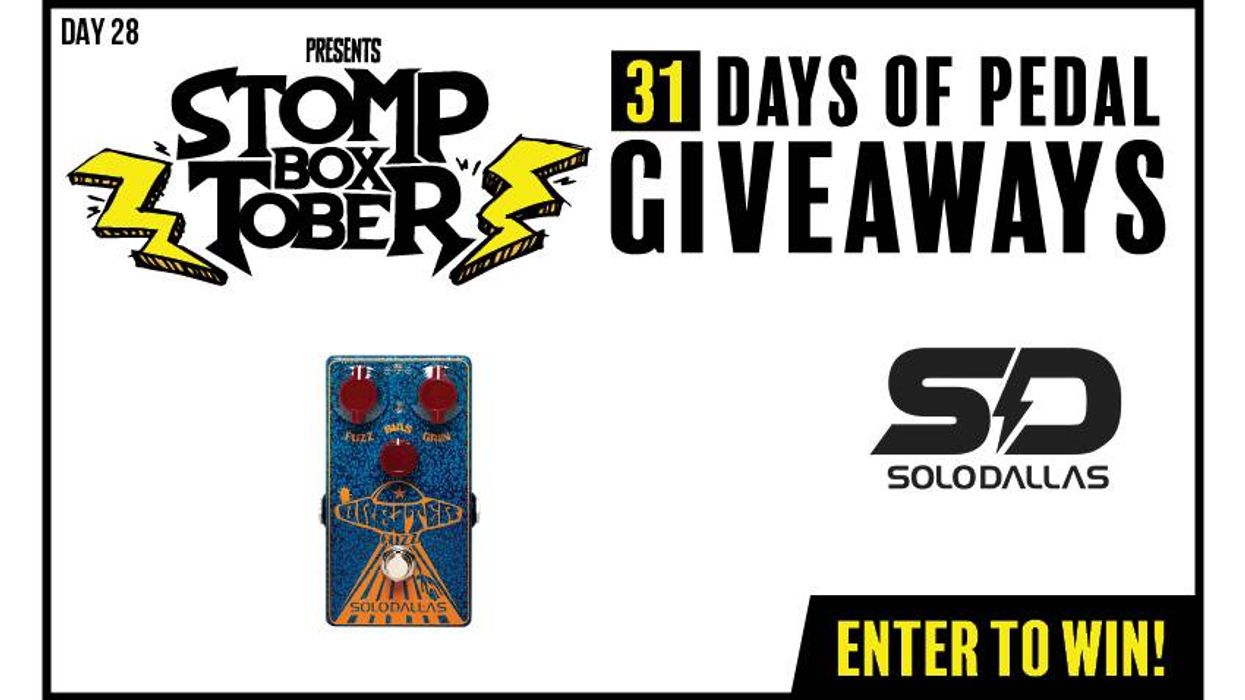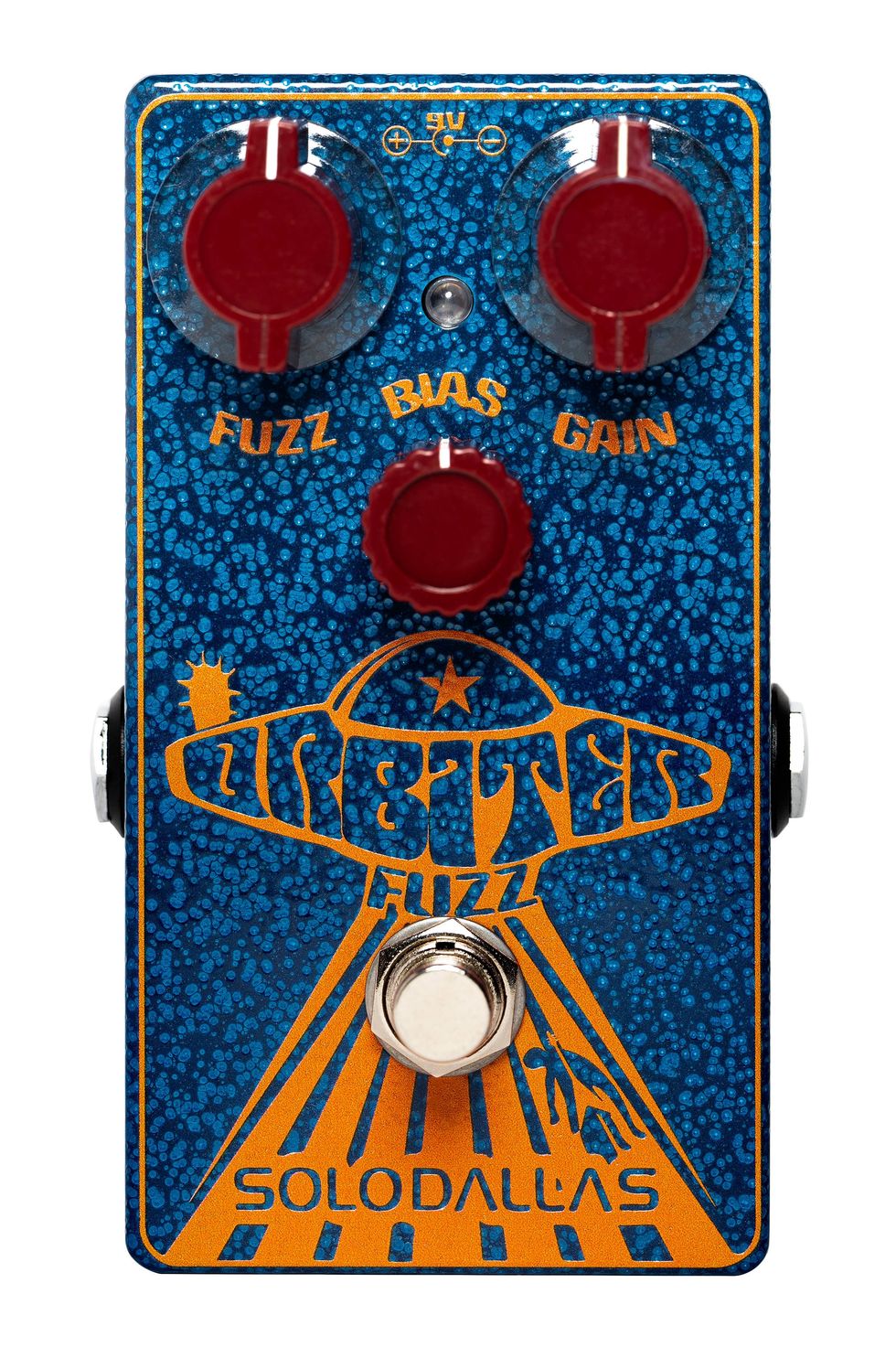Be the FIRST to win the all-new Fender Chris Shiflett Cleaver Tele Deluxe! We've partnered with Fender, Volume.com, and the man himself to bring you this exclusive giveaway.
Limited Edition Chris Shiflett Cleaver Telecaster® Deluxe
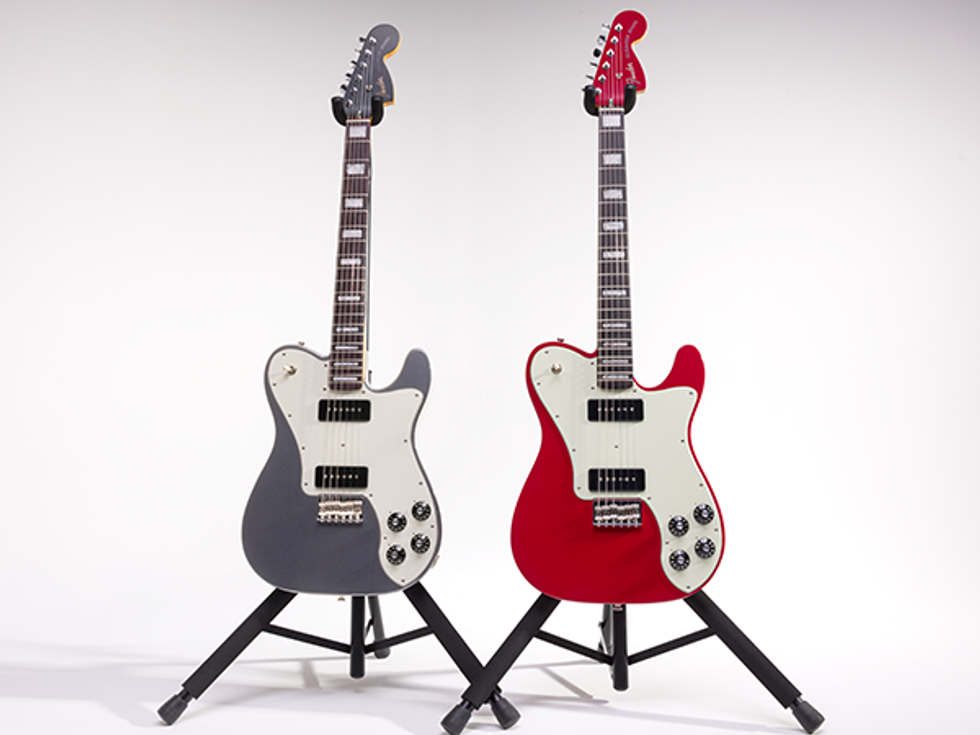
Night after night the Foo Fighters' Chris Shiflett carves his way through a full brigade of guitar tones on the biggest, loudest stages in the world. This tour-tested son-of-a-gun is named "The Cleaver" for a reason - it positively slashes through the mix with a voice that snarls dirty as well as it sings clean. Previously available only as a Fender Custom Shop Masterbuilt Artist offering, we're proud to announce the Limited Edition Chris Shiflett Cleaver Telecaster® Deluxe—a stripped-down rock machine built for high-octane live performance.
A resonant alder body lays the perfect foundation for bone-rattling, stadium-ready tones. Dressed up in a nitrocellulose lacquer finish, this alder body also has a "belly cut” for superior comfort during the longest sets. Built for speed, the 25.5” scale maple neck features a 12” radius rosewood fingerboard with 21 medium jumbo frets for fiery leads and silky bends. Pearloid block inlays add a touch of unexpected class to this Tele® - it's a workhorse, but that doesn't mean it can't look good. The real magic lies in the pickups: two Custom Chris Shiflett "Cleaver" Noiseless™ CS-90 pickups pair powerful output with the throaty midrange punch and singing highs of a vintage single coil, all without hum.
The "F"-style tuning machines, bone nut and wing string tree with nylon spacer keep things in tune through marathon sets, while the string-through body hardtail bridge enhances resonance and sustain.
With its workhorse build, versatile voice and road-tested design, the Limited Edition Chris Shiflett Cleaver Telecaster® Deluxe is a must-have for guitarists who demand dynamic, uncompromising tone. Only available in limited quantities, this stage-ready Tele® matches Shiflett’s hard-hitting style. Plug in and carve your own path through anything, anywhere.
